My pair of trips to Perthshire in the past year afforded me time to visit distilleries that had managed to elude me. Chief among them was Tullibardine distillery, another of Scotland’s doughty distilleries that has withstood the trials of time, soldiering on despite the merry-go-round of owners and consumers’ vacillating tastes. If Tullibardine single malt isn’t familiar to you, there’s good reason: Throughout the 20th century Tullibardine’s whisky was destined primarily for blending, and the distillery was eventually mothballed in the 1990s, its stock left to age in barrels of perhaps questionable quality. But like many other Scottish distilleries, Tullibardine’s tale mirrors the myth of the Phoenix rising from the ashes, and in the years to come I’m confident you’ll find Tullibardine single malt whisky on store shelves once more.
With this in mind, Jeff and I made a perfunctory visit before our week working at nearby Strathearn Distillery. We crossed the Perthshire hills south of Comrie and arrived on a very windy, wet Sunday morning in February. Tullibardine stands just off the A9 between Stirling and Perth in the town of Blackford, arguably the home of Scotland’s first public brewery. It’s this history that Gavin Cunningham, a congenial old South African gent, explained at the beginning of the tour. Blackford has long been known for its breweries, and while some tried to jumpstart distilling here in the late 18th century it didn’t truly take off until after World War II when William Delme-Evans bought the Gleneagles Brewery site and built a new distillery there. The modern history of Tullibardine begins with its purchase by Picard Vins & Spiritueux in 2011, a famous French vintner whose influence is becoming apparent.
My visit coincided with a period of renovation to the visitor centre. Picard is putting energy and funds into bringing Tullibardine in line with the top distillery visitor experiences, which is always nice to see, especially for distilleries that have flown under the radar. Gavin’s dry sense of humor and down-to-earth attitude about distilling were a fresh change of pace and had me laughing as we moved through the noisy milling room where I spied yet another big, red Porteus mill. When a tour guide tells you they make whisky just like everyone else, you have to stop and listen.
The combined brewhouse/stillhouse thrummed with the cacophony of steam at work. Gavin pulled open the mash tun and we glimpsed hot water falling upon milled Concerto barley. I’m particularly interested in which barley strains distilleries use because of a nerdy investigation into flavor sources of whisky, and most use those strains which yield the most liters of pure alcohol per tonne. Bang for your buck. Gavin mentions they might be moving away from Concerto at Tullibardine, and I get the sense that the distillery is in a transitional period for process as well as visitor experience.
An array of washbacks stands in front of the mash tun. It’s here that pressed distiller’s yeast is pitched into the sugary wort and left to ferment for 52 hours. Gavin waxes about the amount of energy produced in these washbacks simply by mixing yeast with sugar. An immense amount of heart, carbon dioxide, and alcohol gets produced during this process. At the end of fermentation they have an 8% ABV “beer,” or wash, ready for distillation.
Four huge, thick-necked stills anchor the stillhouse half of the production area. High ceilings allow the worst of the heat to drift over our heads but it was still quite warm in here, which was nice on a blustery February morning. Wash from fermentation is pumped into the wash stills which produce low wines around 25% ABV. These low wines then make their way into the spirit stills for a second distillation — the common practice in Scotland — where they gather a heart cut averaging 70% ABV. This segment of the distillate is taken away for barreling, aging, and drinking!
Gavin points out the lyne arms at the top of the stills. They’re short and angled ever so slightly upward, a design he claims creates a kind of partial third distillation resulting in light vapor, light condensate, and an easier style of whisky. He declared his admiration for the still designers of old who liberally used intuition in their work, and there is a romance there, a hearkening back to a time of mystery and alchemy.
I spent a good amount of time admiring the recently refurbished and gleaming stills and chatting with the stillman before Gavin ushered us onward to the warehouse.
Tullibardine houses a good number of barrels on site, including whisky from other distilleries in the region like Strathearn. Gavin led us into the bonded warehouse, a kind of liquid Fort Knox where the air was heavy with the fragrance of countless barrels exhaling in their slumber. It’s here, unaided by man, that whisky becomes the drink we know and love. It’s the wood by far that gives flavor to a dram — some say as much as 70% comes from the barrel. There are tons of Bourbon casks here, some Sherry butts, and even some red wine barrels from Burgundy and other parts of France, telltale signs of the new ownership and potential hints at the future of Tullibardine.
The tasting room as you see it in these photos is likely to be quite different when you visit given plans for the renovation. Still, I found it comfortable and to my tastes as I noticed loads of glasses and bottles waiting to meet. Gavin started us with a taste of Tullibardine’s revamped entry-level dram, the Sovereign, a No Age Statement (NAS) whisky aged in first-fill ex-Bourbon casks. A pretty gold in the glass with nutty, lightly floral, and malty sweet notes, the Sovereign is for drinking, Gavin says, at any time of the day. Everything Gavin has said to us leading up to this point is verified in the glass. It is easy drinking, light, a bit like Glenmorangie without all the flowers.
Our next taste is the 228 Burgundy Finish, another NAS but probably a bit older than the Sovereign. I get excited by red wine finishes, though I have to remind myself to temper that enthusiasm as finishes largely exist to cover up whiskies of lesser quality. This particular whisky is finished in Pinot Noir casks from Burgundy, and you can’t miss the power of the wood. Cherries, chocolate, vanilla bean, and a rose note like Turkish Delight rise up from the glass. It’s a tasty dram and holds promise for the quality of barrels Picard is able to procure.
Gavin’s baby follows, a Tullibardine 20 that spent its entire life in a first-fill ex-Bourbon cask. This, he says, is a whisky for thinking. Citrus, herbs, dusty library, butterscotch, and apple pie all jump to mind. This flavor package comes with a really nice, long finish. I like the dram, but it’s missing some of the roundness I expect from such a mature whisky.
With the tasting officially over, Gavin led us back into the gift shop and pulled out another pair of bottles. The first, a Tullibardine 25 aged in ex-Sherry hogsheads, is designed for me. The wood is quite prominent with cola, toffee, orange, and chocolate fizzing on my palate. It’s a big dram but not heavy, and it opens up into lingering cherry liqueur. Wonderful!
Our final taste is a cask-strength offering called The Murray. At 56.1% ABV it’s a big boy with great mouthfeel and a long, clinging finish. I really like this whisky and I’m surprised to learn it ages only in ex-Bourbon casks. Gavin provides snippets of wisdom as we’re enjoying the drams, like how susceptible the mind is to suggestion when tasting whisky. Try drinking a whisky with your dominant hand and then your other hand and see how you perceive it.
Tullibardine’s star is rising. Some of the whiskies they’re producing now are quite good. In fact, Jeff and I bought a bottle of The Murray and made it our house bottle during the week we worked at Strathearn (don’t tell anyone, but it barely made it through that first night). This is one distillery to keep an eye on, and if you visit and are blessed to have Gavin as your guide, tell him greetings from Traveling Savage!
Disclosure: Tullibardine Distillery provided us with a complimentary visit. All thoughts and opinions expressed here, as always, are my own.

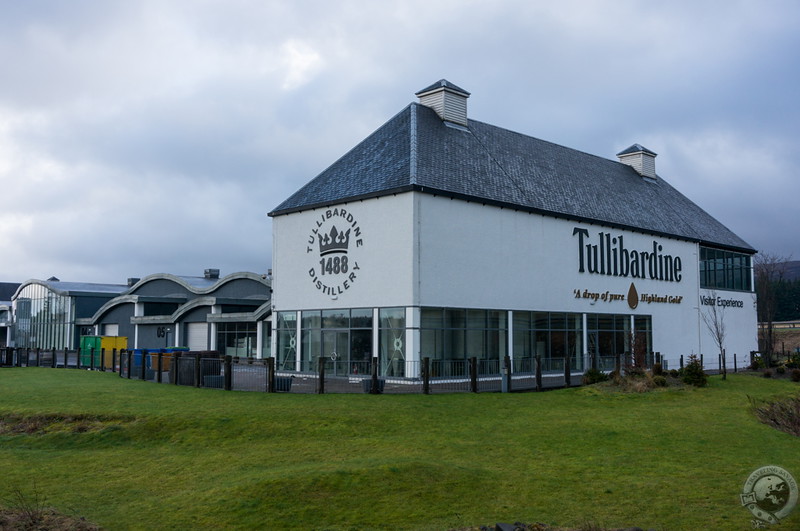
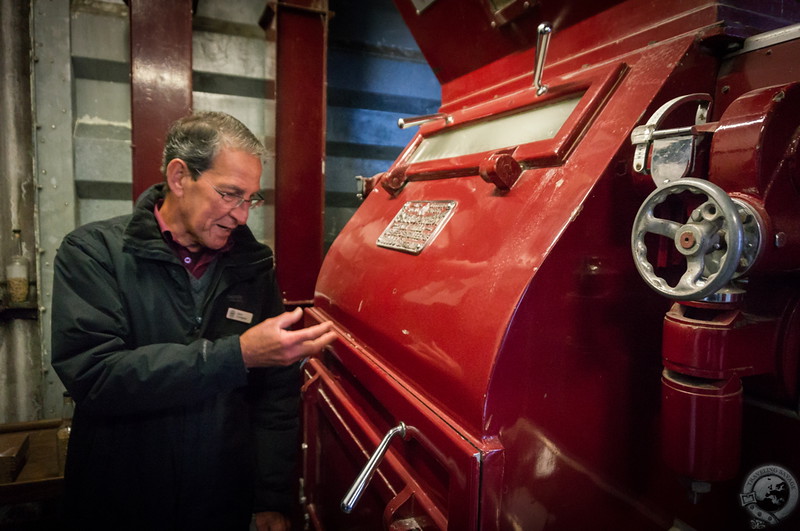
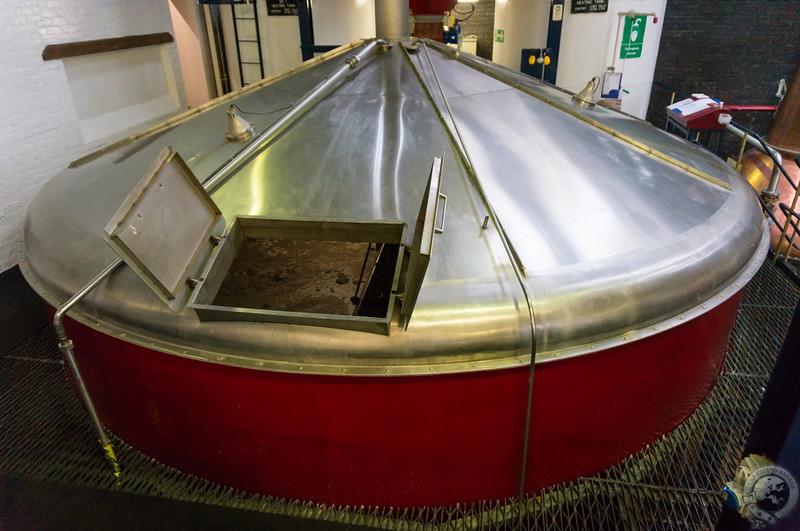
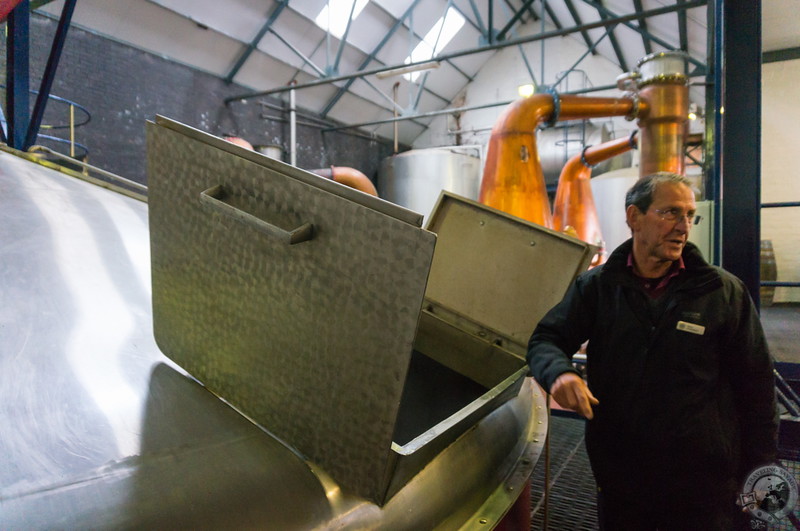
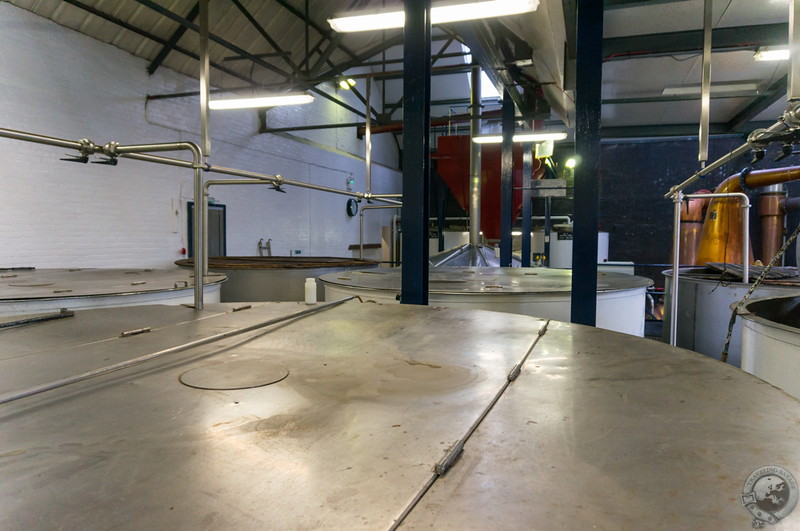
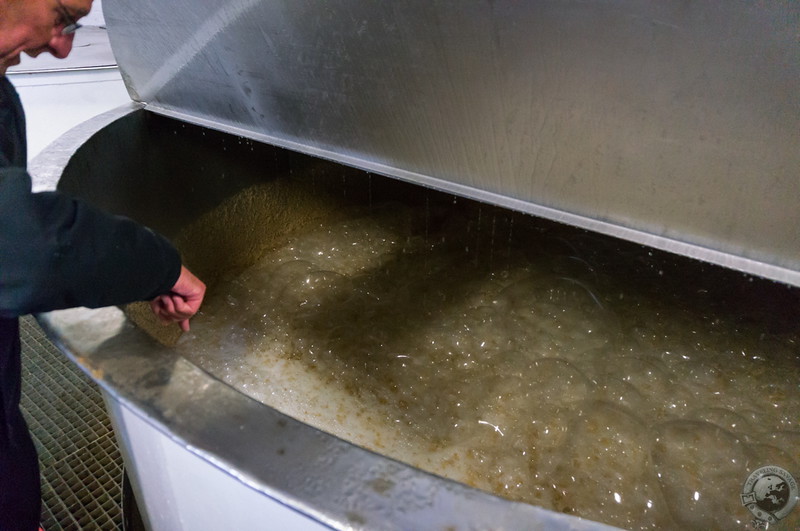
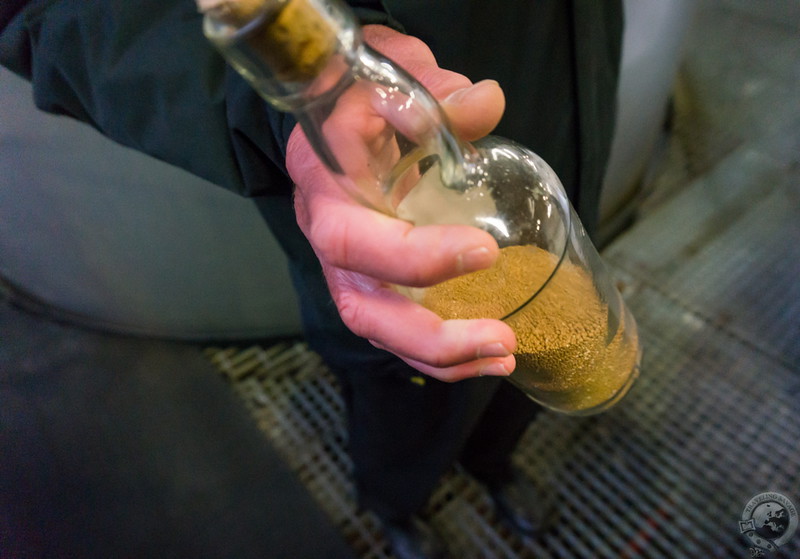
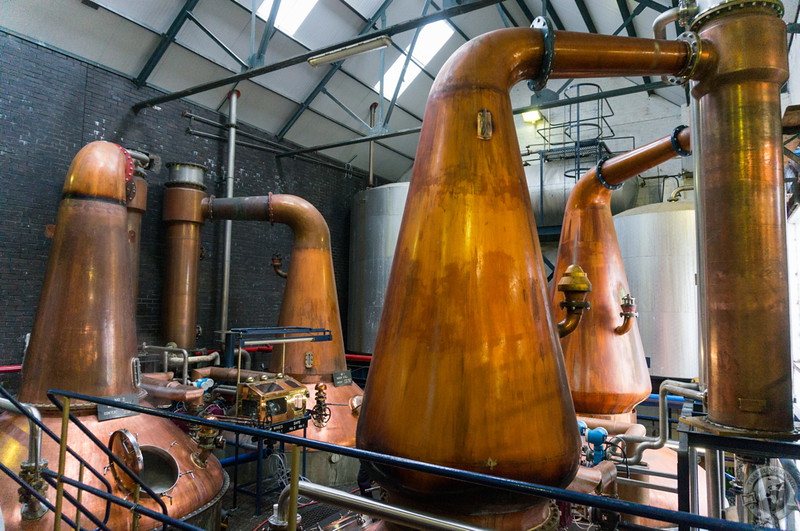
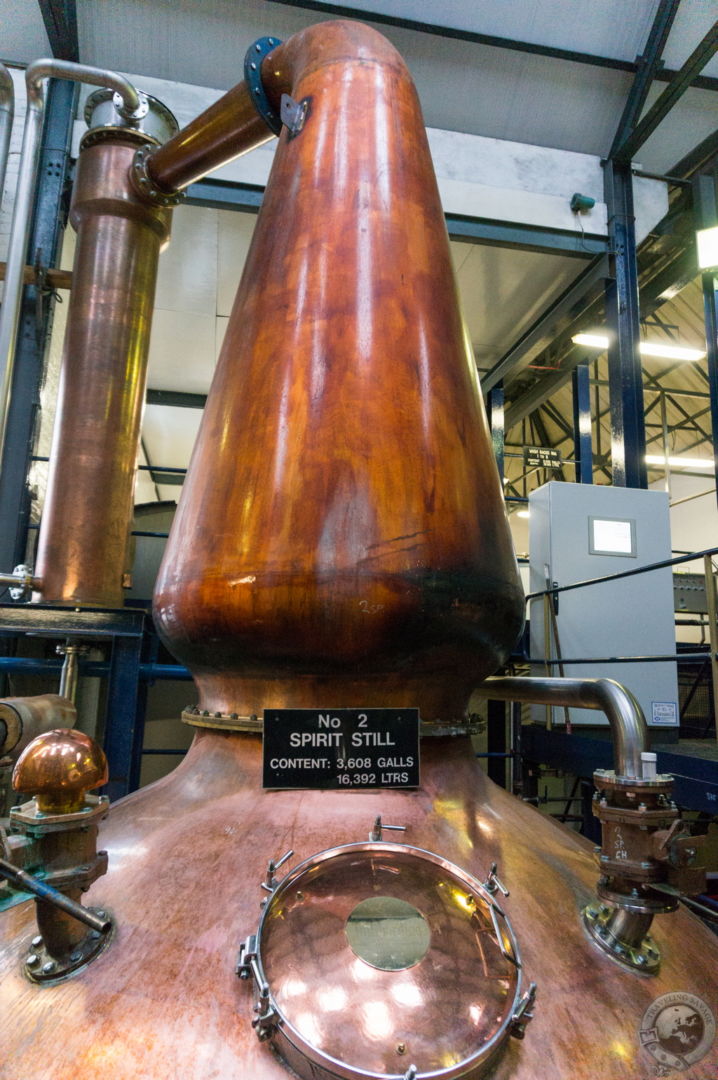
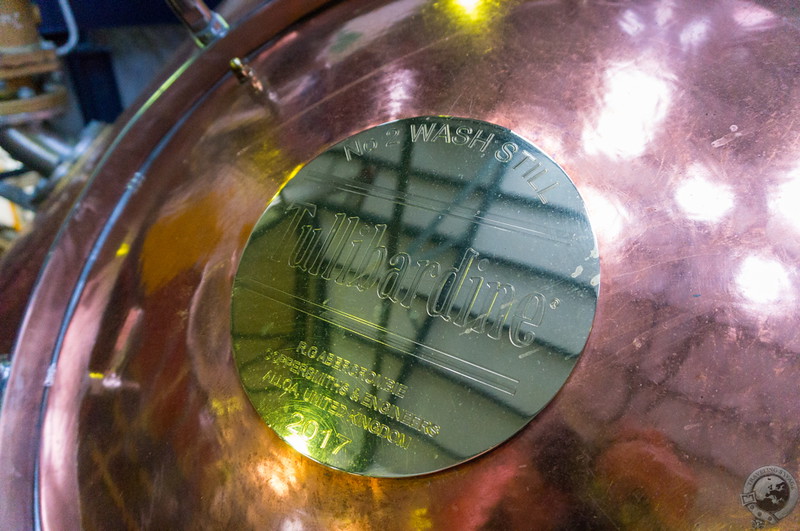
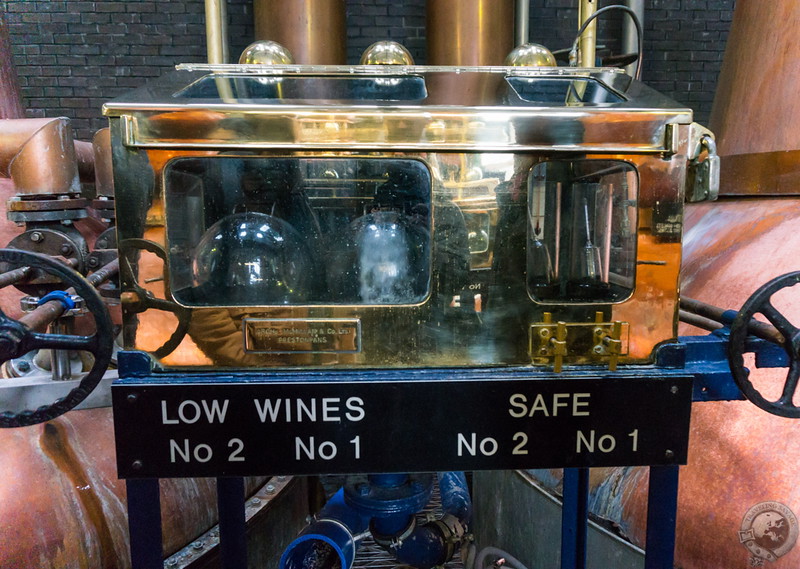
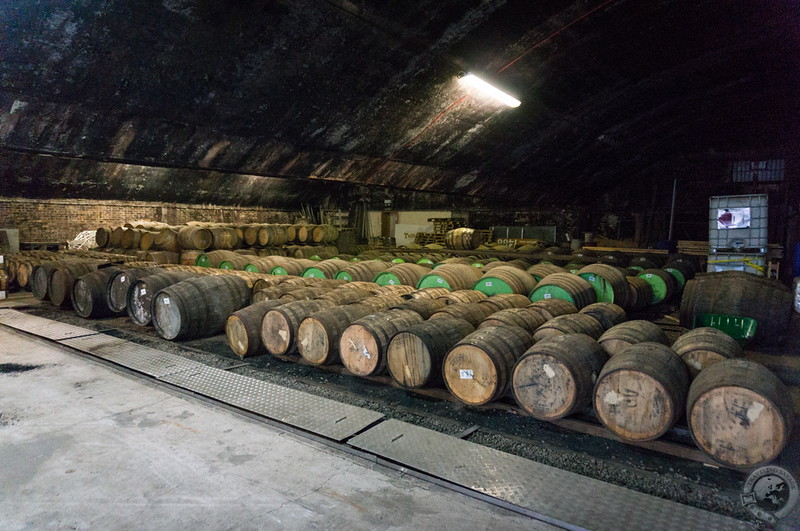
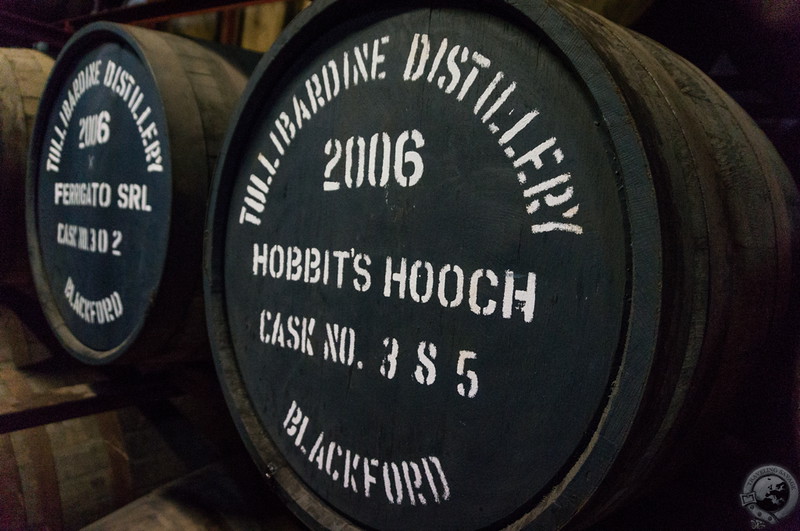
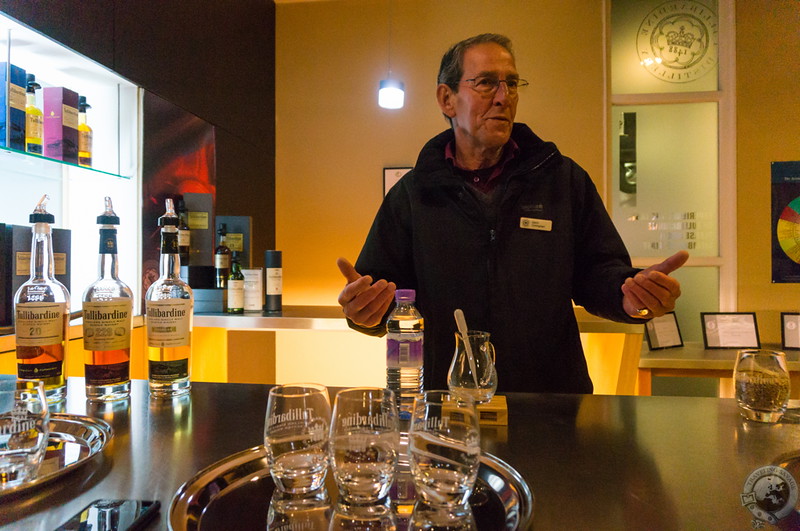
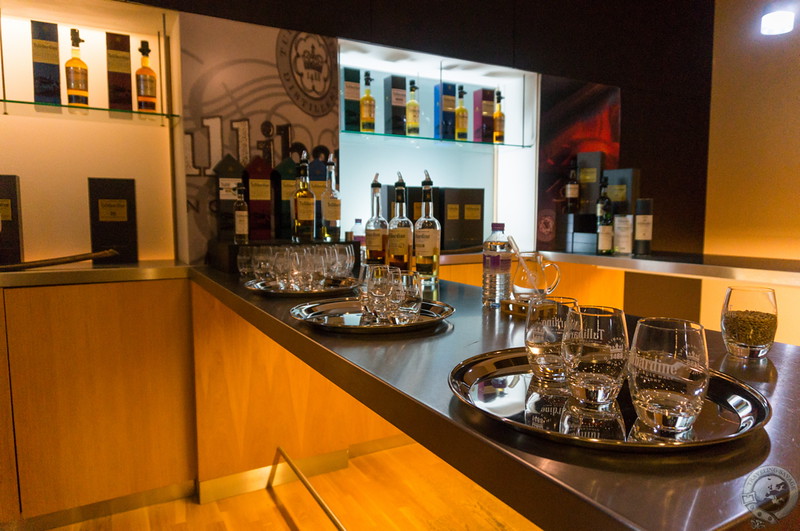
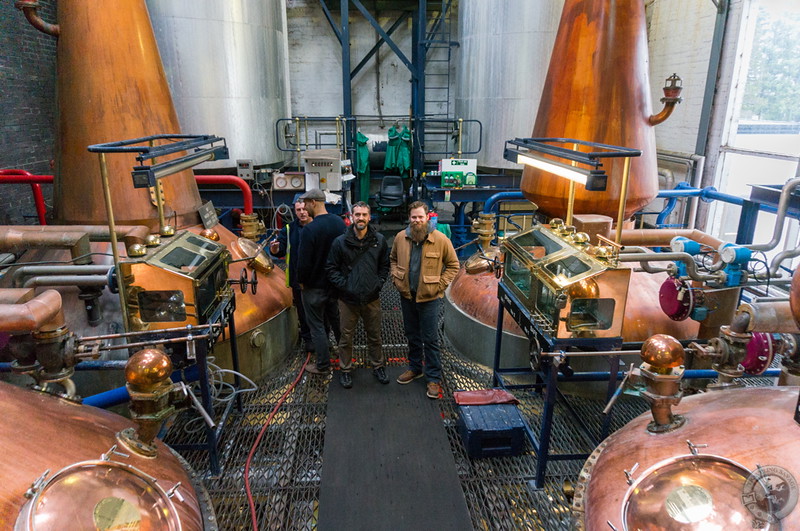
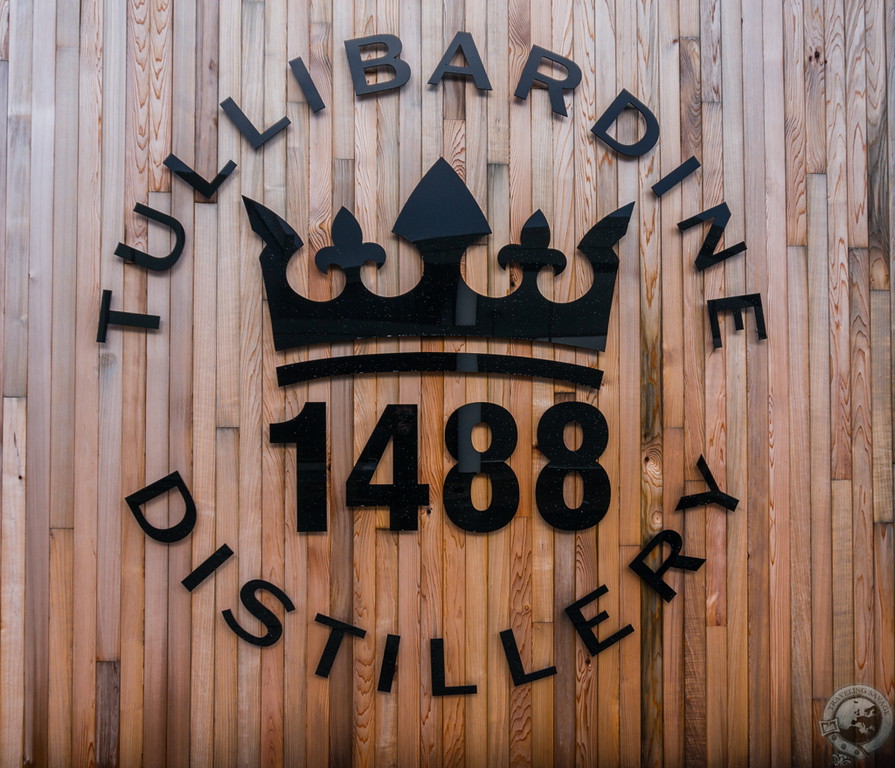
Well now. I believe I need to do some thorough investigating of The Murray. Nice article, as always.
Thanks for reading, Joanie!